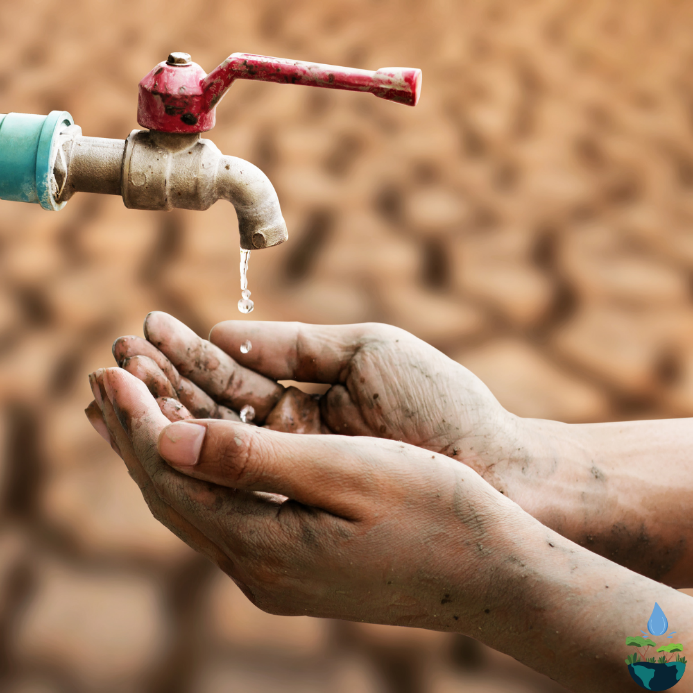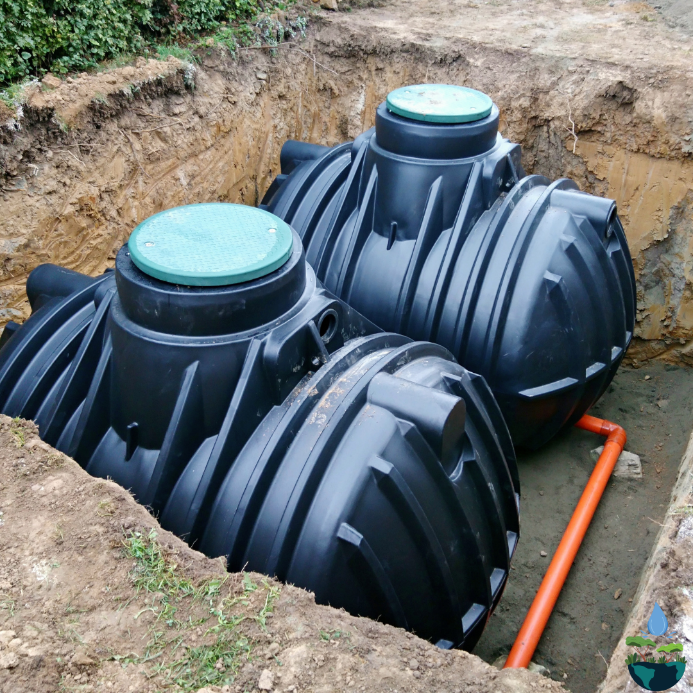Increasing population, lack of advanced infrastructure and climate breakdown are significant factors contributing to water scarcity in the UK. Nevertheless, the average individual in the UK uses 150 litres of water per day, further aggravating water scarcity issues in the country. While it is crucial for companies and government authorities to secure future water supply by tackling these issues, rainwater harvesting in UK can be of effective use. Let's dive deeper into understanding the main components on rainwater harvesting and its work principle.

What is Rainwater Harvesting?
It is the procedure of collecting, storing and using rainwater as a complementary or alternative source to main water. In its simplest form, a garden water butt is the best example of a domestic rainwater harvesting system. It captures and stores rainwater for domestic gardens. Accessories, like filters, are added to this system to remove contaminants, like debris and leaves, from collected rainwater.
Our Range of Rainwater Harvesting Systems Explained
Our range of rainwater harvesting systems includes direct pressure systems, collection tanks, filters and catchments. These are used in combination to collect rainwater instead of letting it run off into the ground. We also have a huge selection of guttering supplies and downpipes to suit all styles without sacrificing functionality. Our products are designed to satisfy all kinds of construction arrangements for rooftop rainwater harvesting in UK, from traditional to the ultra-modern system of artificial recharge of groundwater in UK. These include:
-
Underground rainwater tanks for storing collected rainwater in varied household setups. Located underground, these tanks maintain cool and consistent water temperature because they remain shielded from sunlight. Reduced chance of algae growth in these tanks further ensures water remains clean and fresh over an extended time.

- Small rainwater harvesting solutions, like water butts, reduce your dependency on the main systems by providing clean water for varied outdoor activities.
- Enjoy cleaner water with our rainwater harvesting filters that remove all debris and dirt making water suitable for varied purposes. Note that our filters are compatible with all rainwater harvesting systems.
- Our high-quality top-up controls and pumps are required to connect harvested rainwater to domestic systems or for groundwater recharge in UK.
How Our Rainwater Harvesting Systems Work?
The procedure is as follows:
- Rain falling on your roof is collected through guttering and channelled into a storage tank that feeds into your home. From here, collected rainwater can be used for filling washing machines and flushing toilets.
- You can also use filters to purify collected rainwater and use it for other essential procedures like cooking and bathing.
- Our filters use centrifugal force at high intensity and cohesive force at low intensity to rotate collected rainwater in anticlockwise direction. This happens at specific velocity and speed and flushes out debris and dirt automatically.
- The collected water then passes through a drain outlet, and clean water diverts into a recharge well through a clean water outlet.
Besides this, you can expect:
- Detailed study of existing piping system of storm and rainwater drains.
- Highly qualified technical team to conduct rainwater harvesting technical survey, including studying site and building layout.
- Obtaining site and building landscape and gradient.
- Designing and construction of groundwater recharging systems.
We use pure science to design and install highly innovative, customised systems and solutions, including deployment of underground storage, diverting existing rainwater pipes, auto pumping system, filtering, piping, storage and usage.
Conclusion
Rainwater harvesting in the UK is crucial to eliminate the risk of water scarcity facing the nation at the moment. Need help choosing the right rainwater harvesting system accessories? Contact Rainy Filters for a complete range, starting from filters and V-wire screens.

